Entry Category: Science and Medicine - Starting with L
 Lake Catherine Power Station
Lake Catherine Power Station
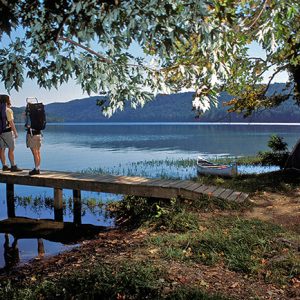 Lake Catherine State Park
Lake Catherine State Park
 Lake Greeson Bridge
Lake Greeson Bridge
 Lake Hamilton
Lake Hamilton
Lampreys
aka: Jawless Fishes
 Large Catfishes of Arkansas
Large Catfishes of Arkansas
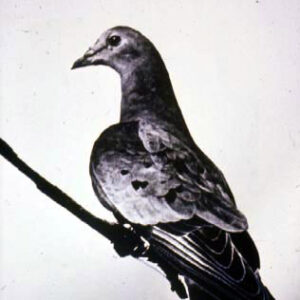 Last Passenger Pigeon
Last Passenger Pigeon
Lavacaberry
Lawrence Memorial Hospital
Lawrence, William M.
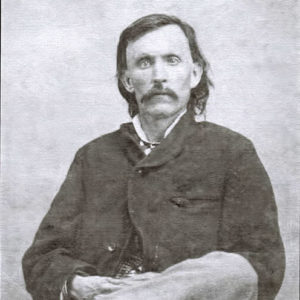 William Lawrence
William Lawrence
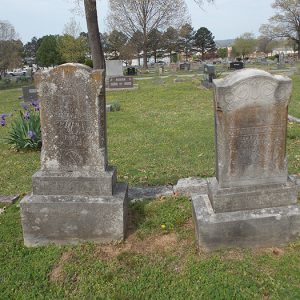 William Lawrence Grave
William Lawrence Grave
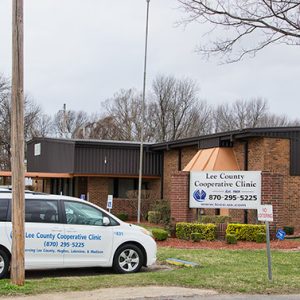 Lee County Cooperative Clinic
Lee County Cooperative Clinic
Leeches
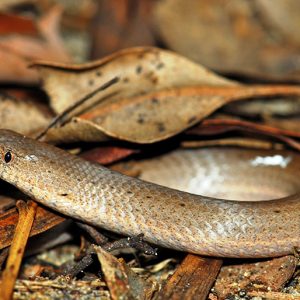 Legless Lizard
Legless Lizard
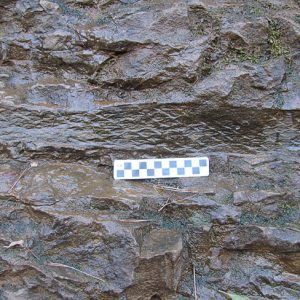 Lepidodendron Fossil
Lepidodendron Fossil
Levi Hospital
aka: Leo N. Levi Hospital
Lice
 Lichens
Lichens
Lichens
aka: Reindeer Moss
aka: Iceland Moss
 Lion
Lion
 The Little Rock
The Little Rock
Little Rock Debates on Evolution (1966)
 Little Rock Zoo
Little Rock Zoo
 Lost 40
Lost 40
Lost 40
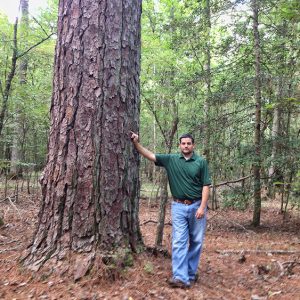 Lost 40
Lost 40




